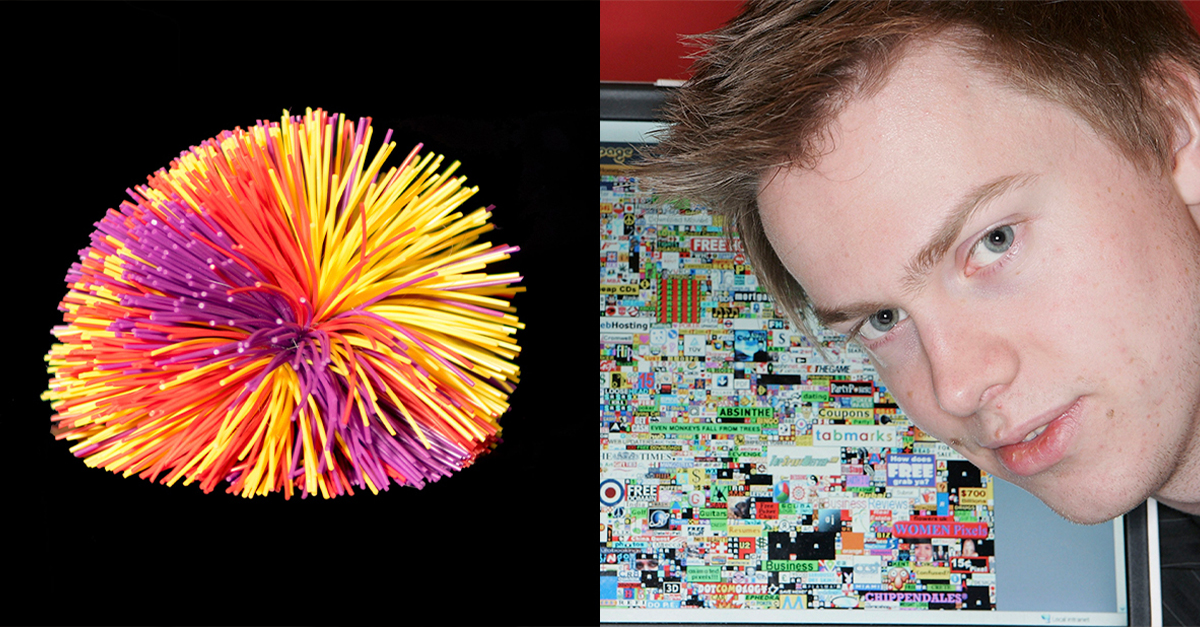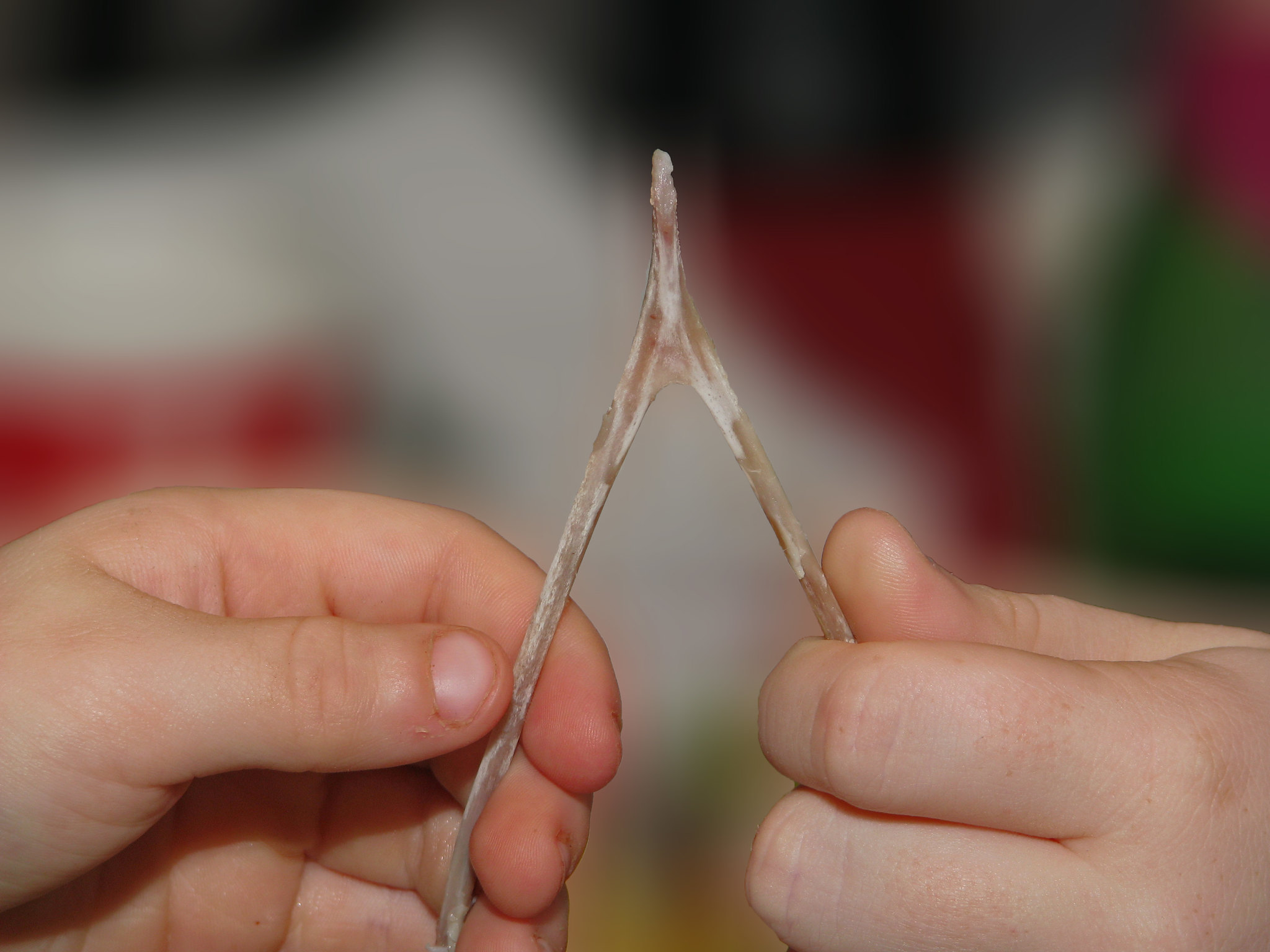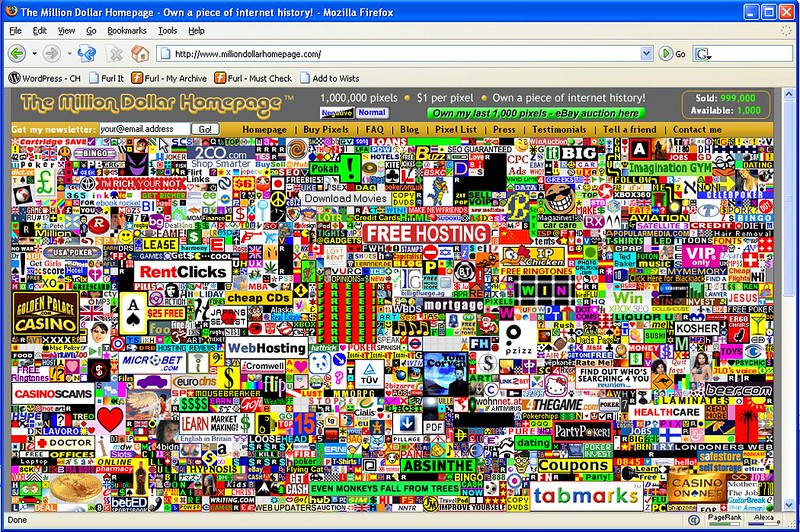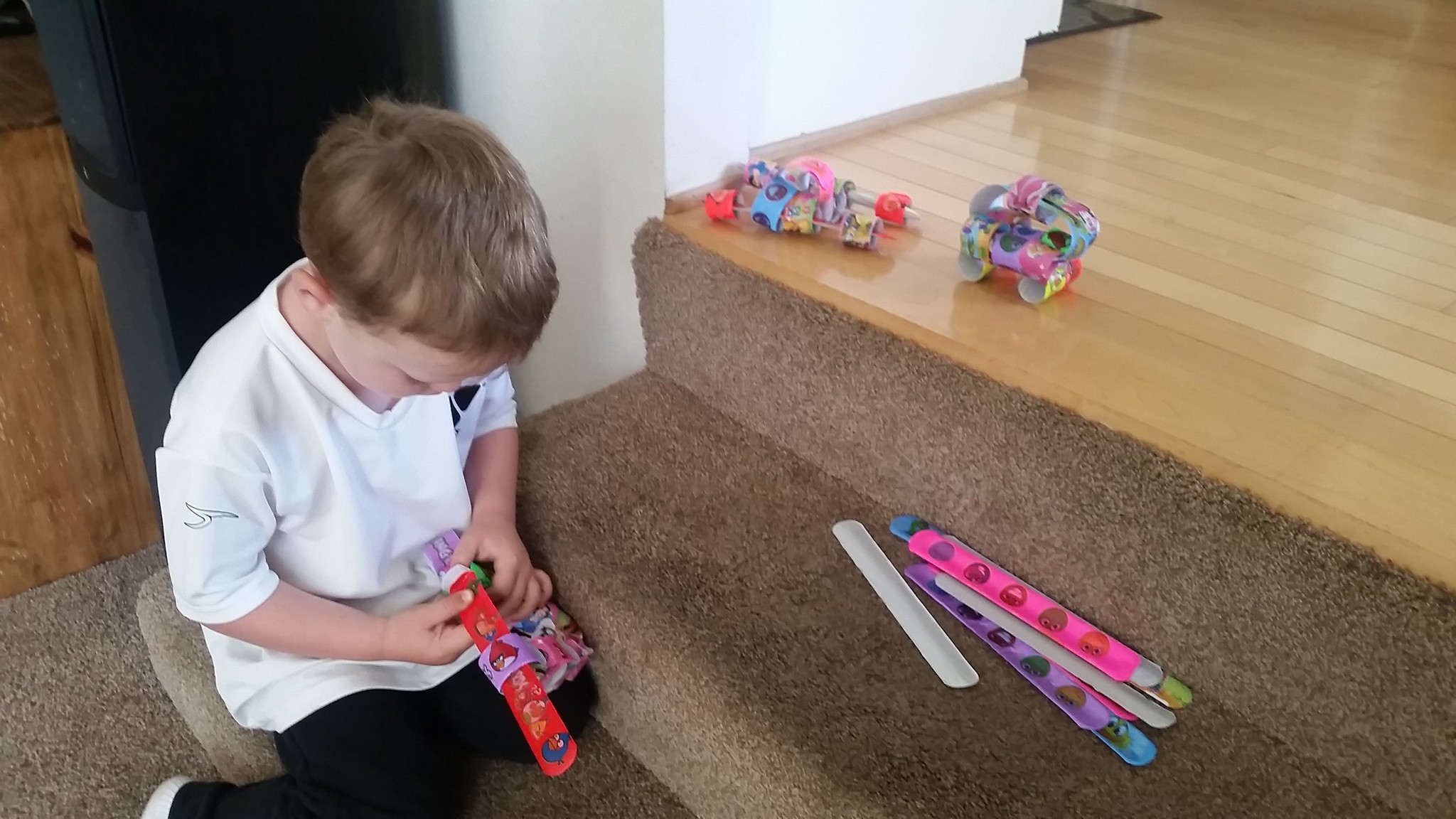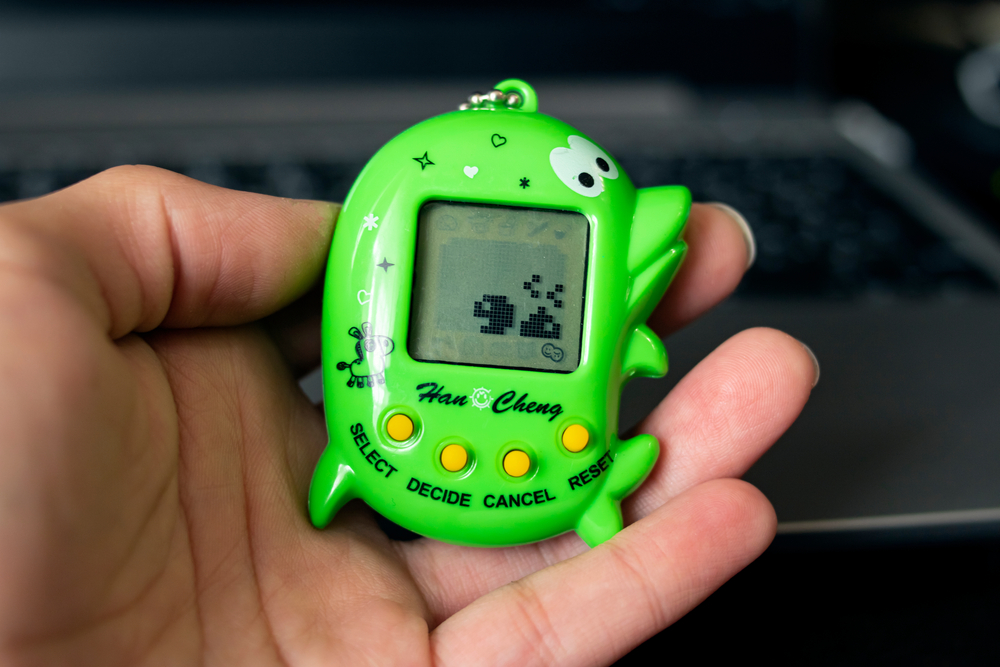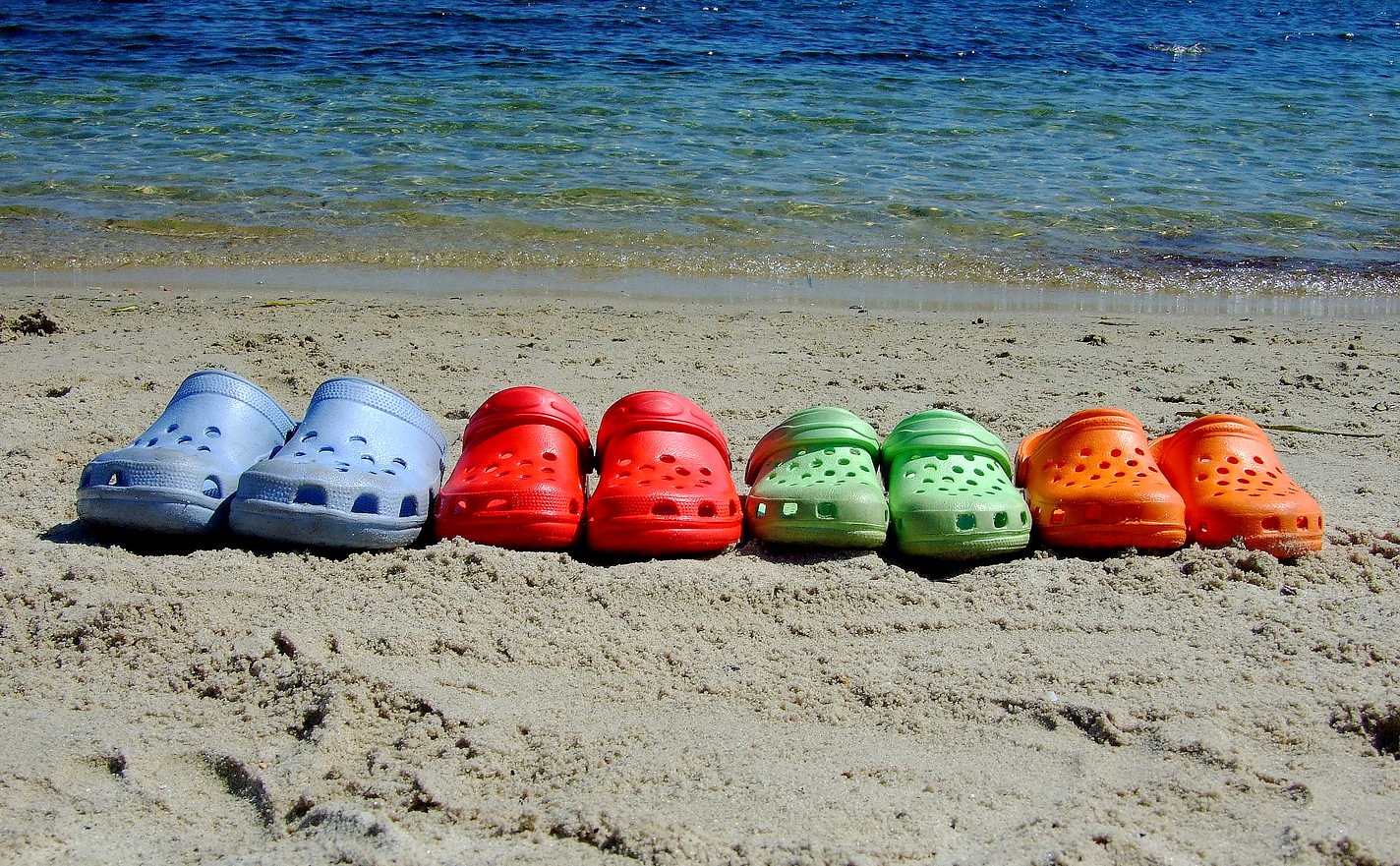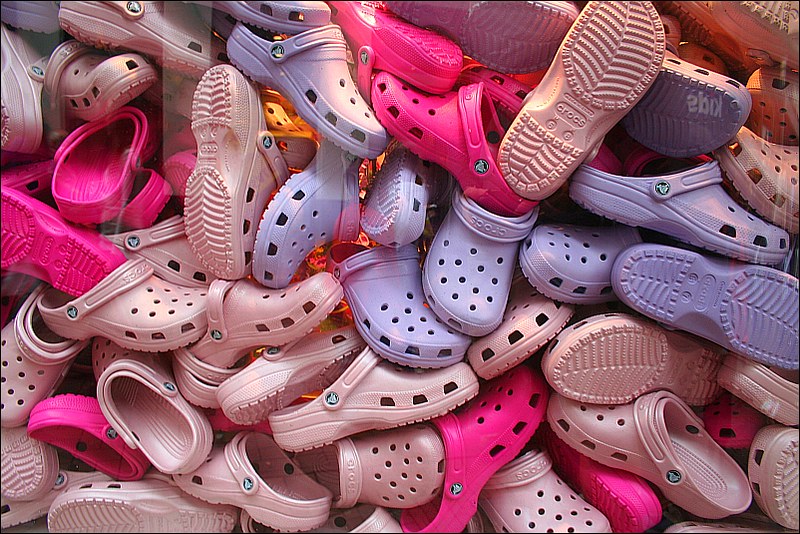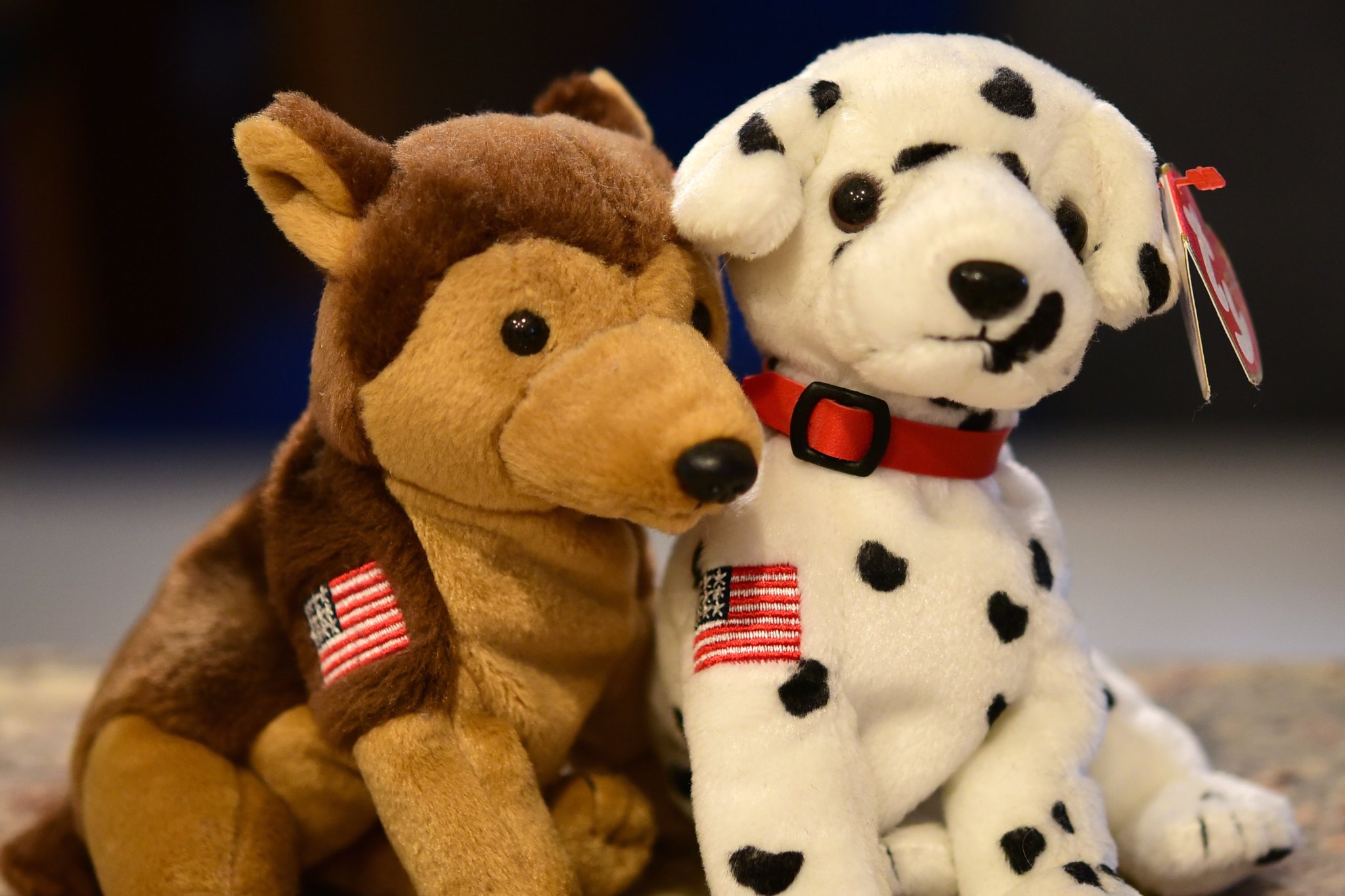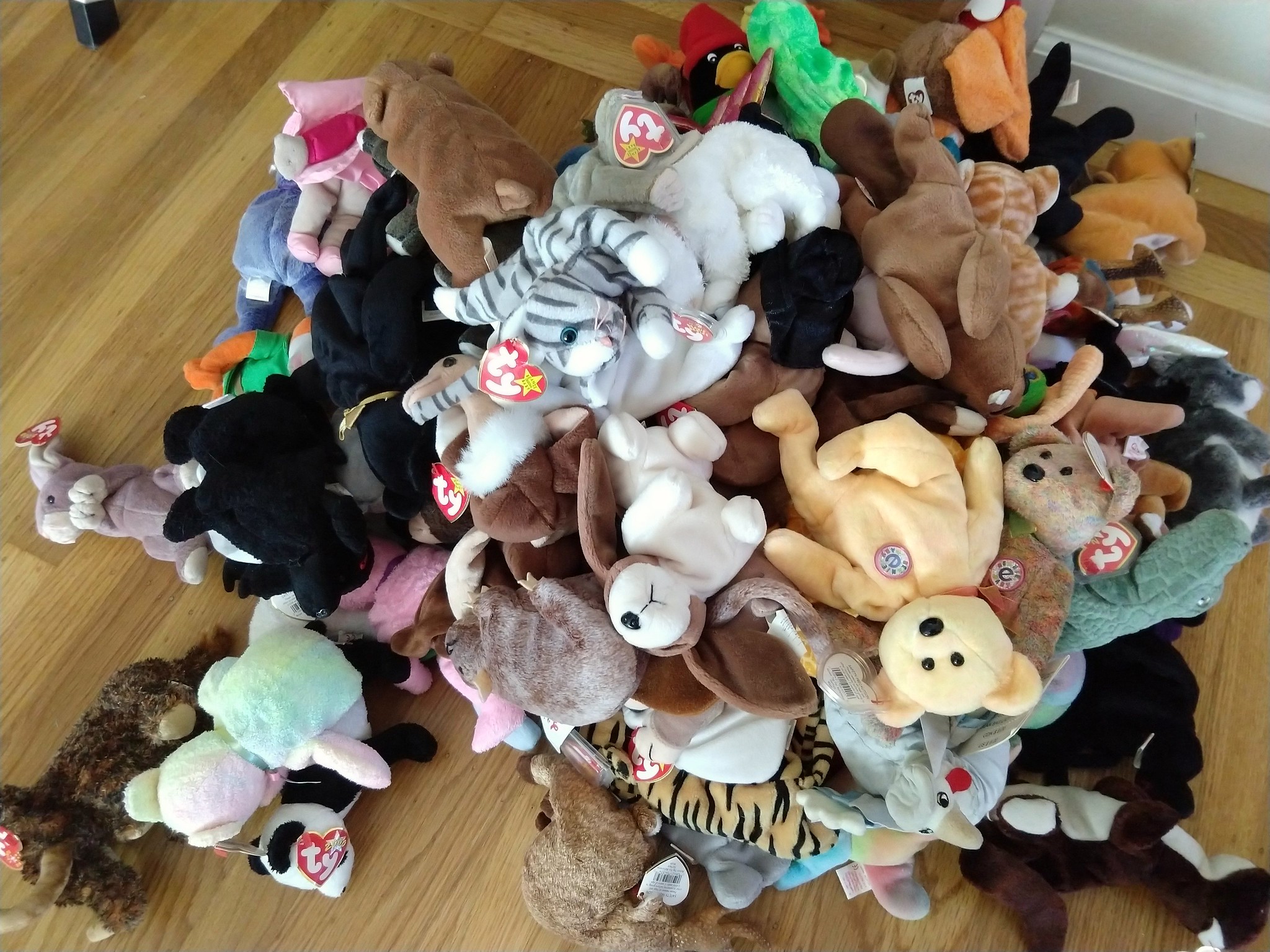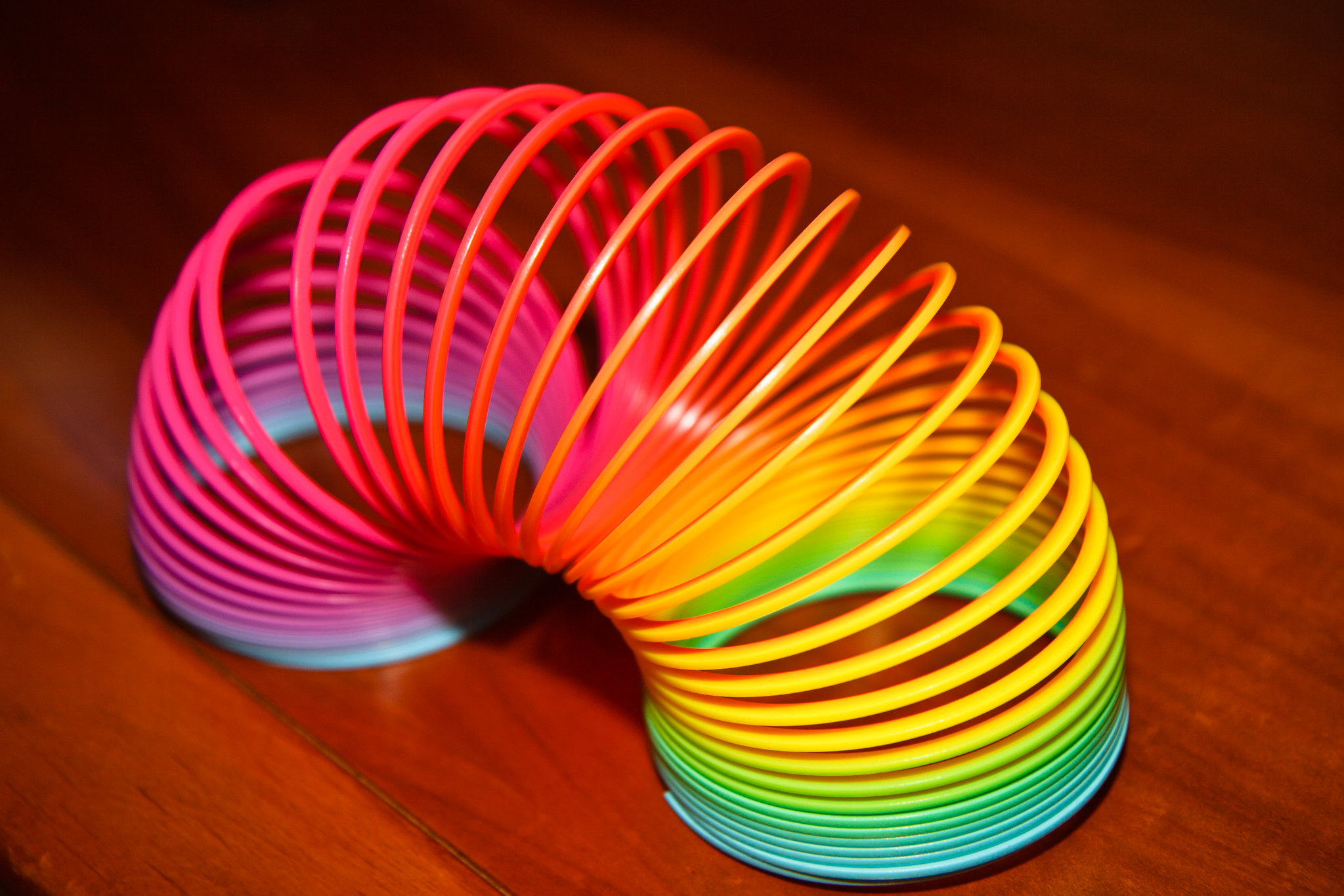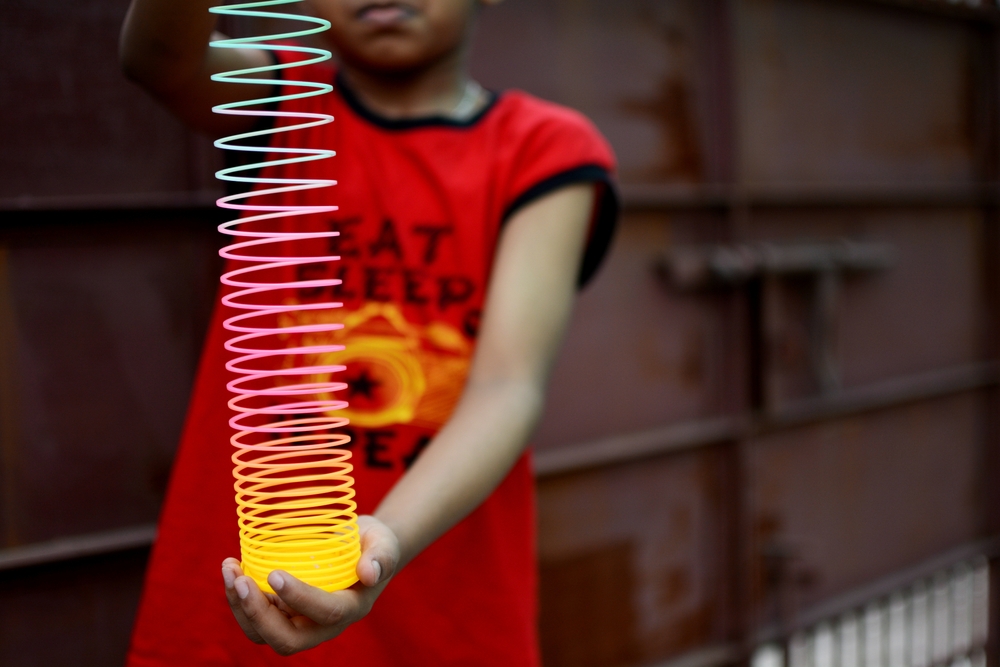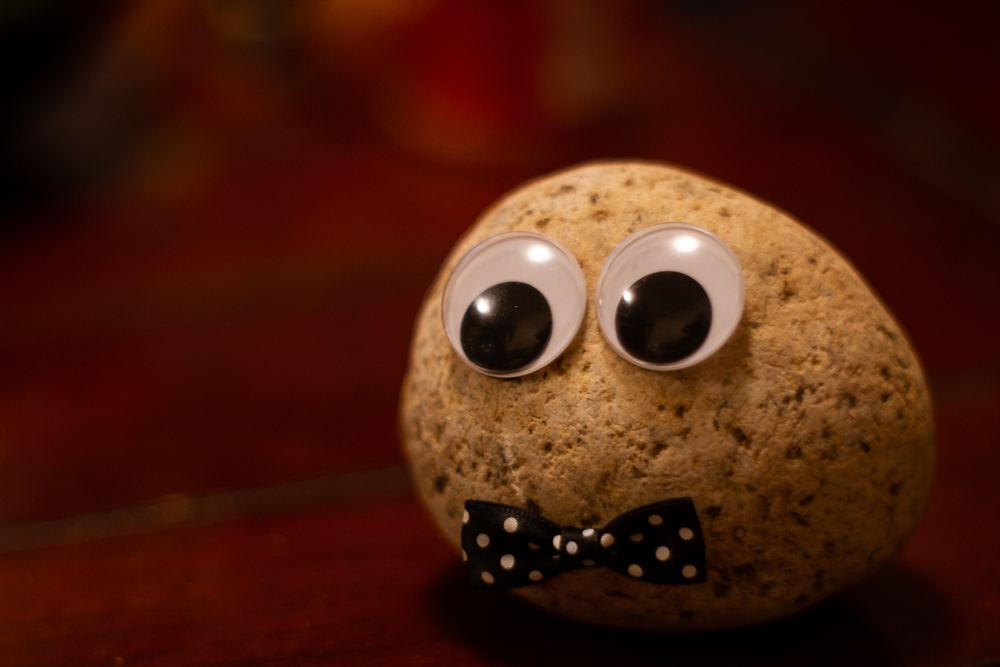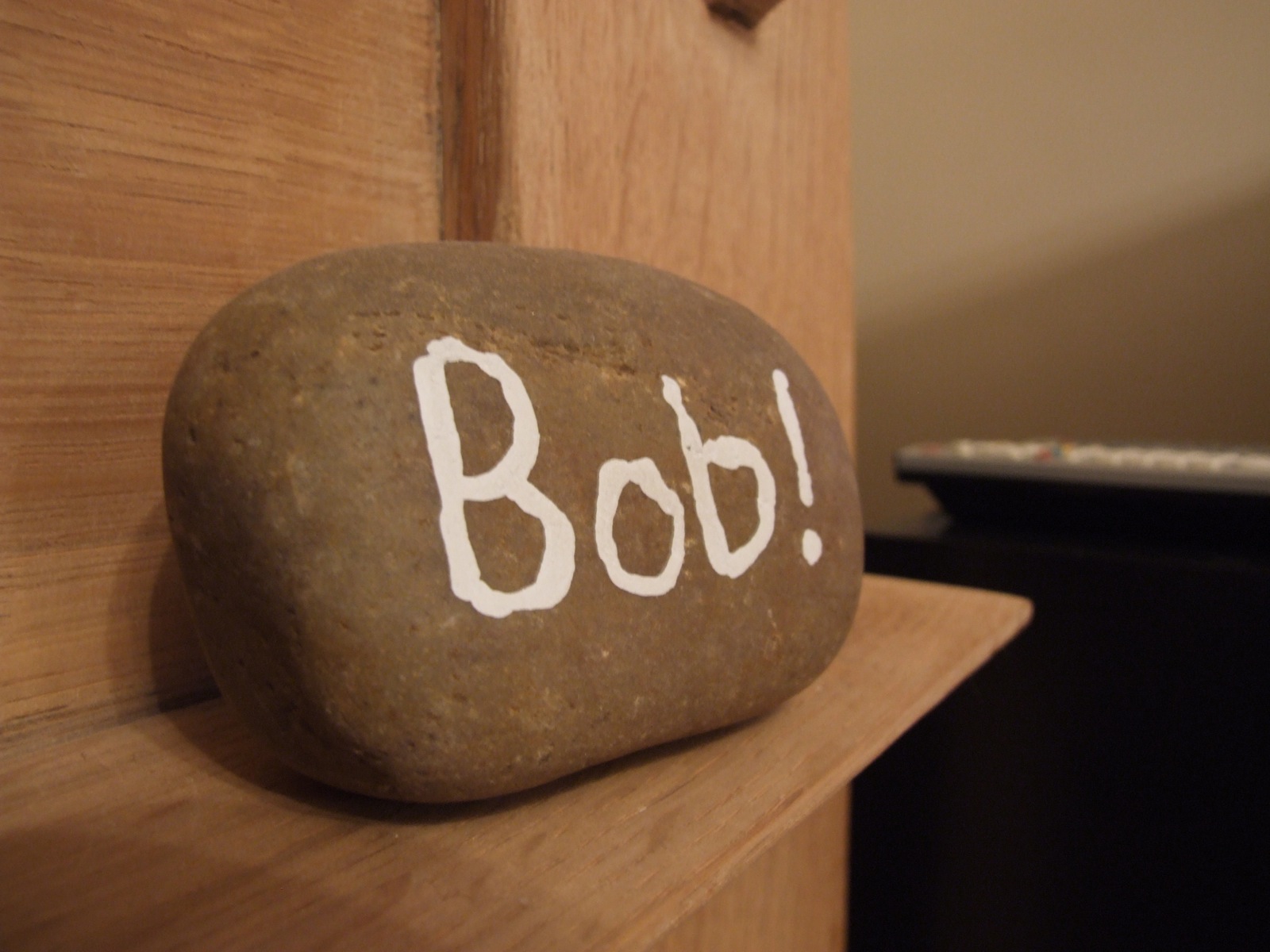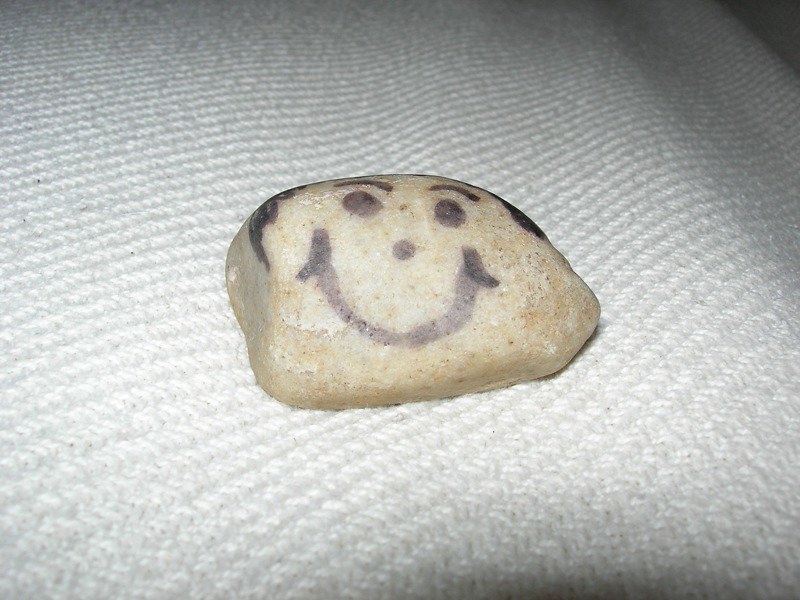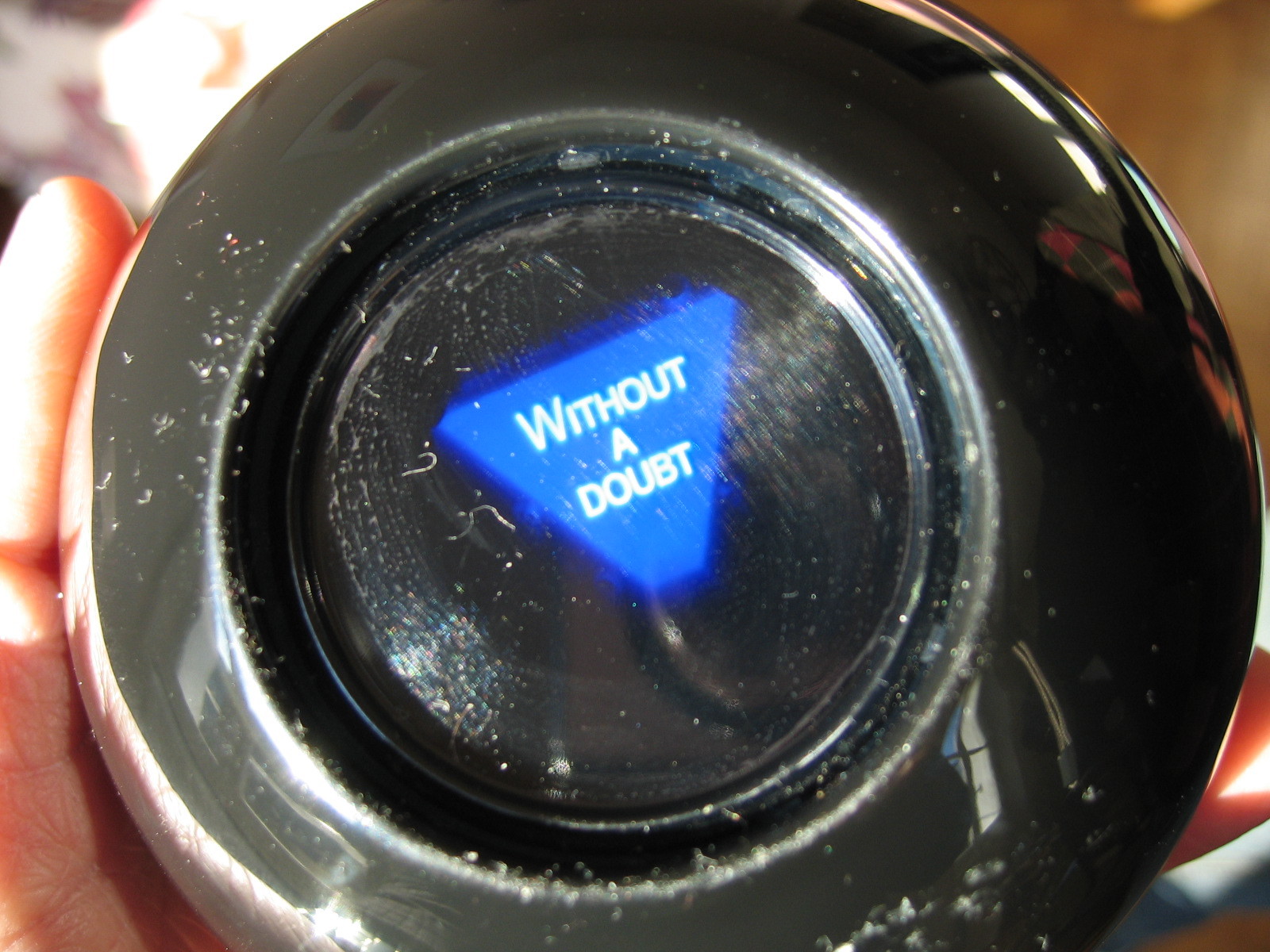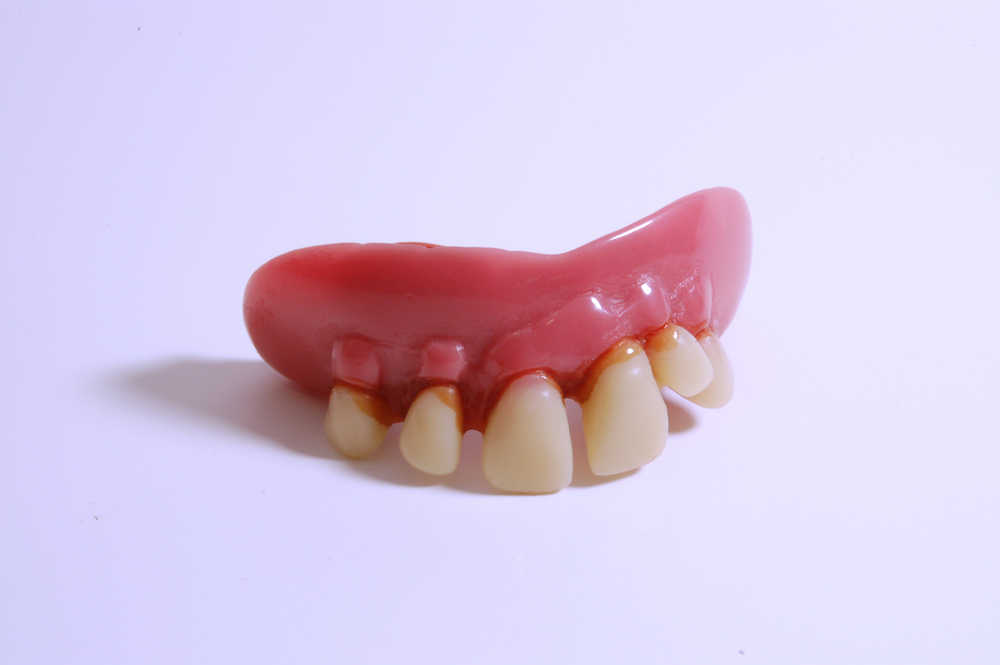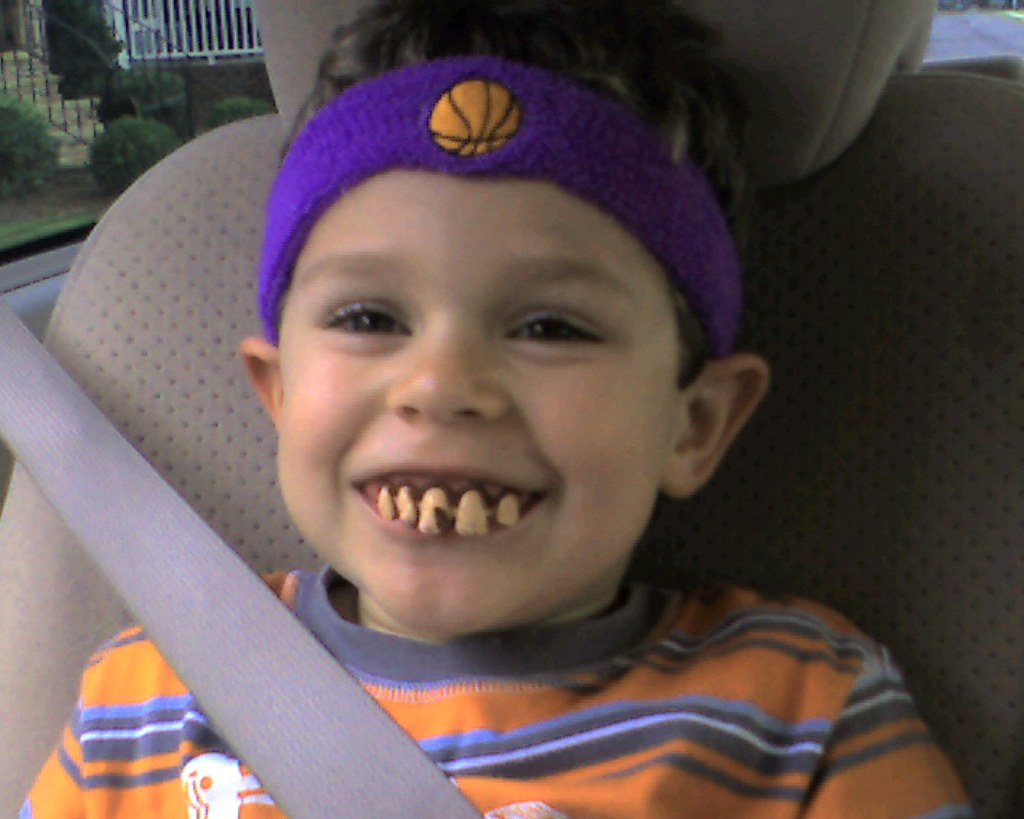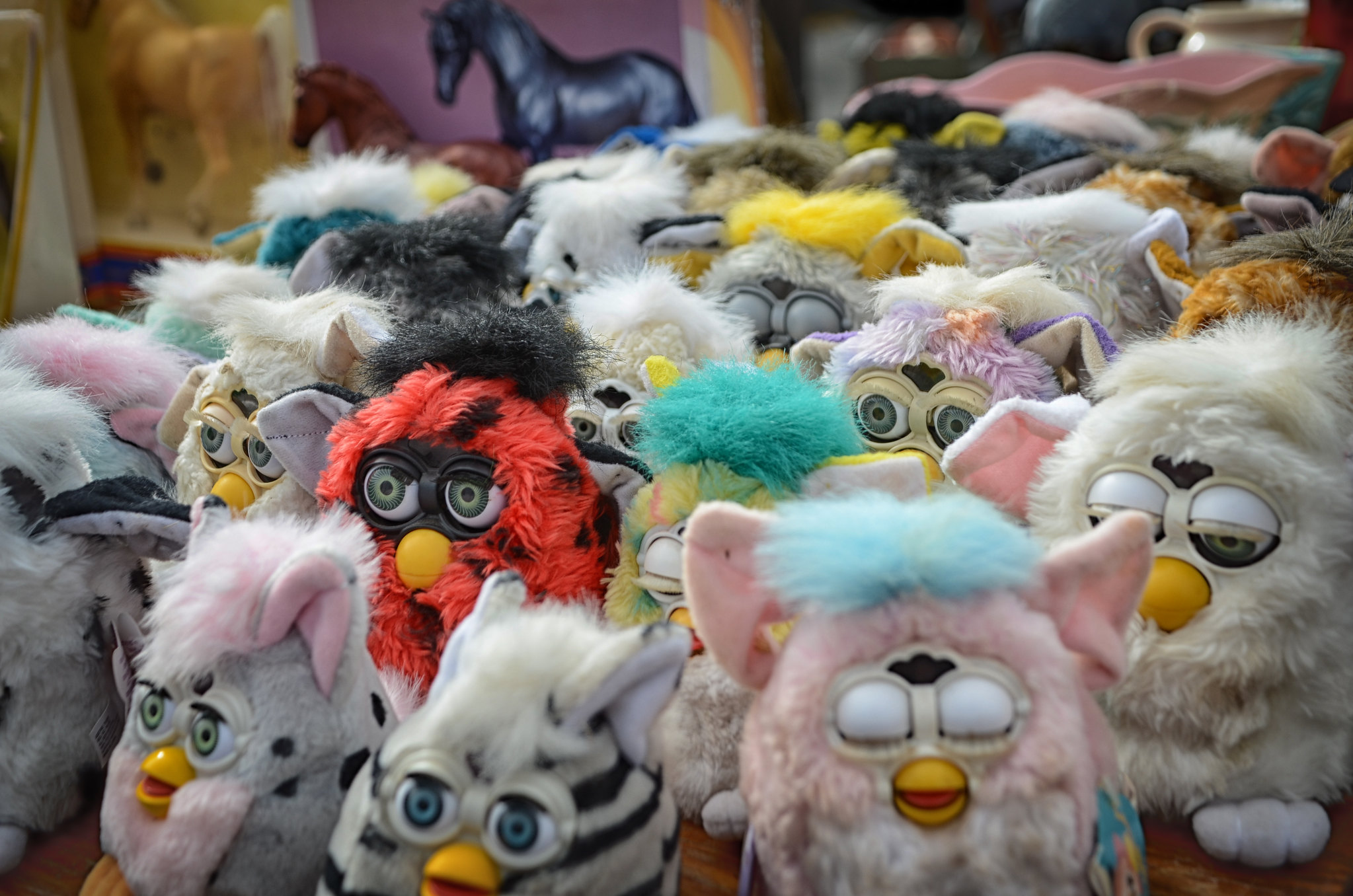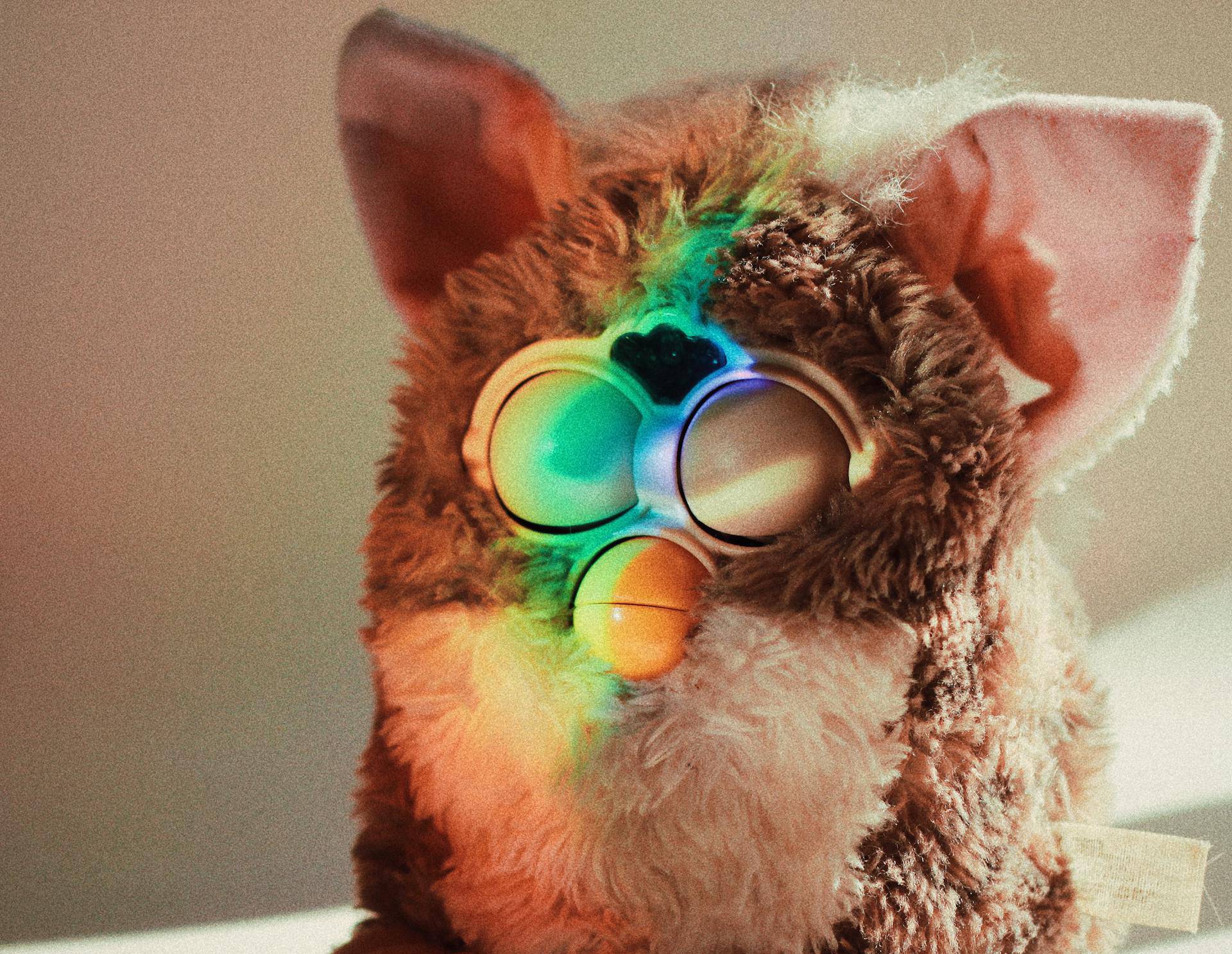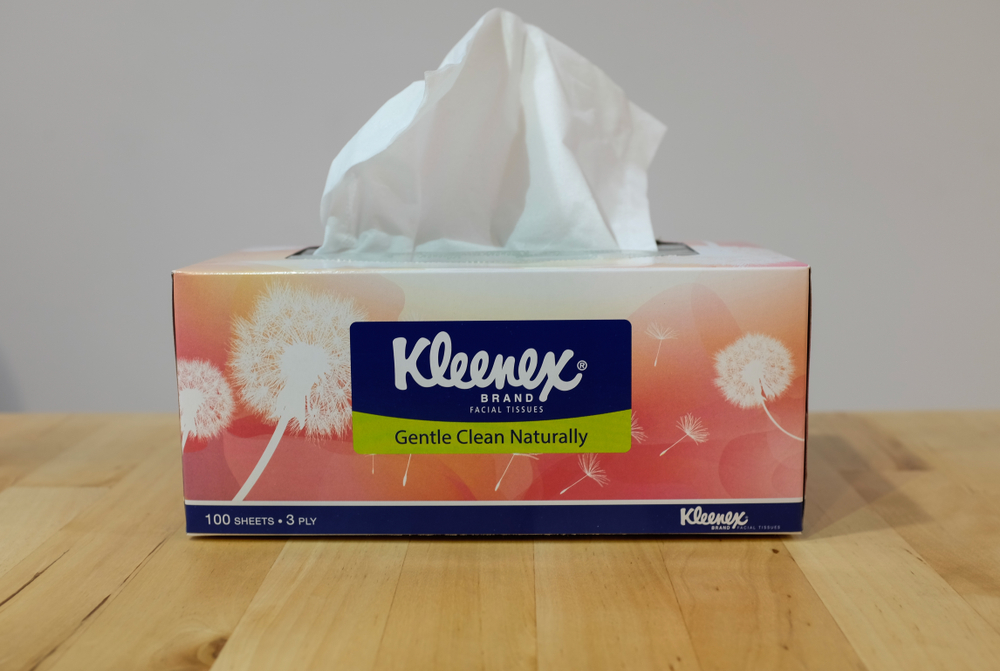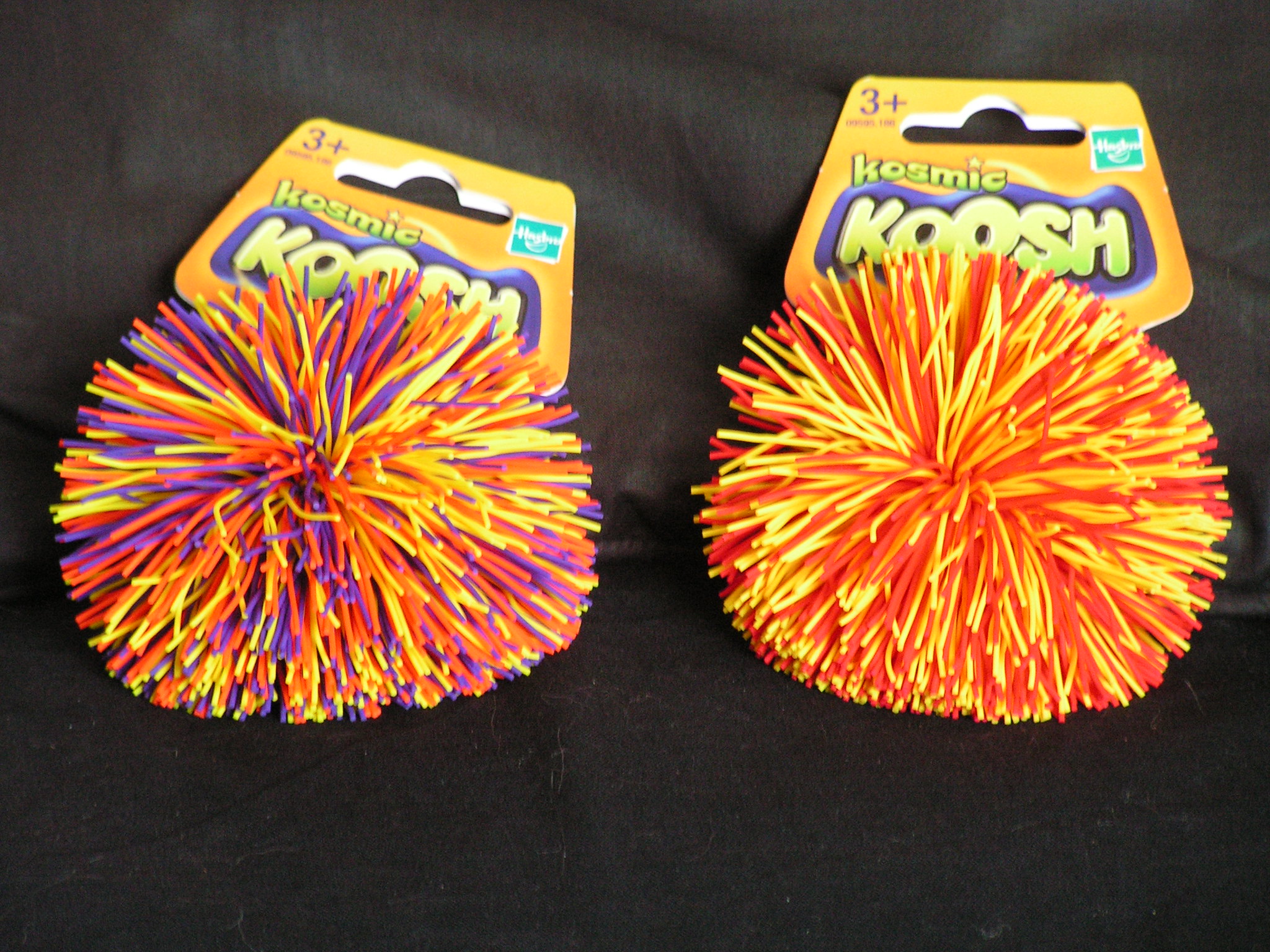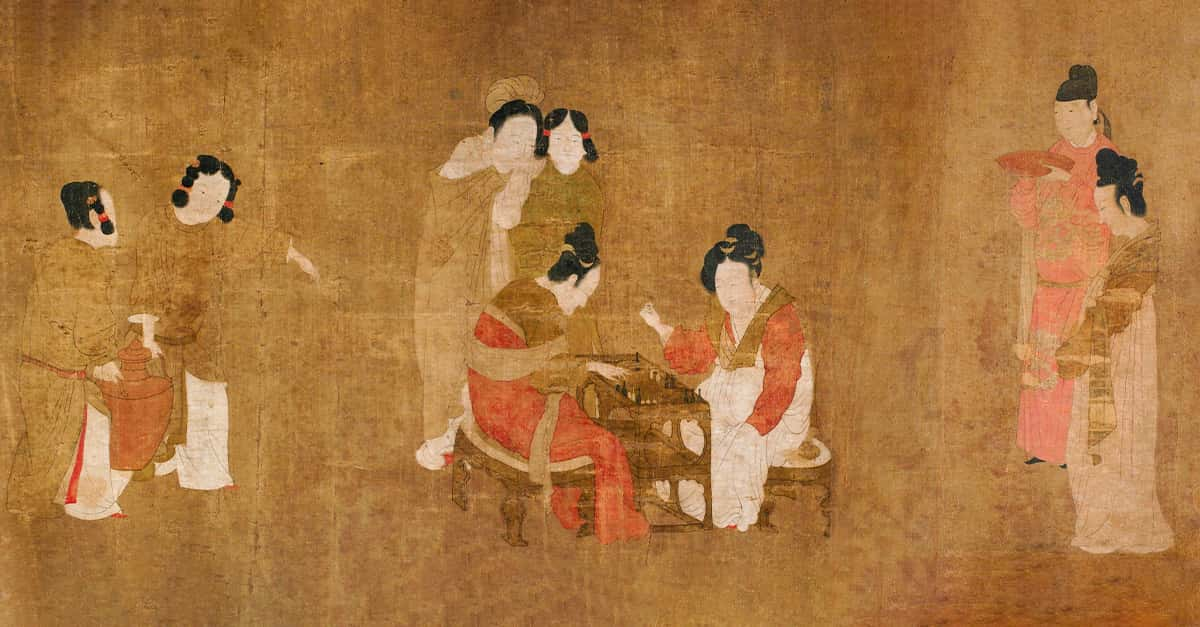Simple Million-Dollar Ideas
A popular “sensory” children’s toy made in the mid-1980s featured nothing more than rubbery hairs—and amassed profits of over $100 million. The following inventions are so brilliantly simple—and yet they managed to really rake in the dough. They'll make you scratch your head and think, "Well, I could have thought of that"...Only, you didn't.

Lucky Break Wishbones
Creator Ken Ahroni is the mastermind behind the Lucky Break Wishbone. In 1999, while celebrating Thanksgiving, he observed how many members of his family wanted the turkey wishbone for themselves. He came up with the perfect solution. What if everyone could have their own wishbone?
No Need To Share
Five years later, Ahroni left behind his consulting business and turned his focus on a new venture: the Lucky Break Wishbone Corp. His company sold plastic wishbones, and miraculously, people bought them.
In sales across the US, it reaped close to $1 million.
The Million-Dollar Home Page
The Million-Dollar Home Page came straight from the mind of 21-year-old Alex Tew—a British student looking for a way to fund his college tuition. That's when he came up with his web page. The page had one million pixels, and Tew wanted to sell each pixel for $1.
$1 Per Pixel
Tew's proposition worked and advertisers got behind him, buying up pixel space. It took a bit longer than 12 months to completely sell out of pixels, making Tew a very rich young man.
Slap Bracelets
When you were a kid, you probably wore at least one slap bracelet. The inventor, Stuart Andrews was a high school shop teacher. He had a pretty ordinary life, that is, until he invented a bracelet kids went crazy for.
In 1990, his simple invention generated between six to eight million.
The Snuggie
Invented by Scott Boilen, the Snuggie can thank its genius advertising campaign for its wild success. The infomercials seen everywhere struck a chord with viewers. They advertised happy families enjoying the comforts of their Snuggies in a wide variety of settings, such as athletic events or even camping.
The profits were jaw-dropping.
Blanketing The World
Though its has competitors like Slanket and Toasty Wrap, the Snuggie has come out on top, raking in over $500 million and selling over 30 million units.
Tamagotchis
Beginning in the mid-90s, Tamagotchis were perfect for any child who couldn't have a real pet. Instead, tweens could take care of their very own virtual pets in the palms of their hands.
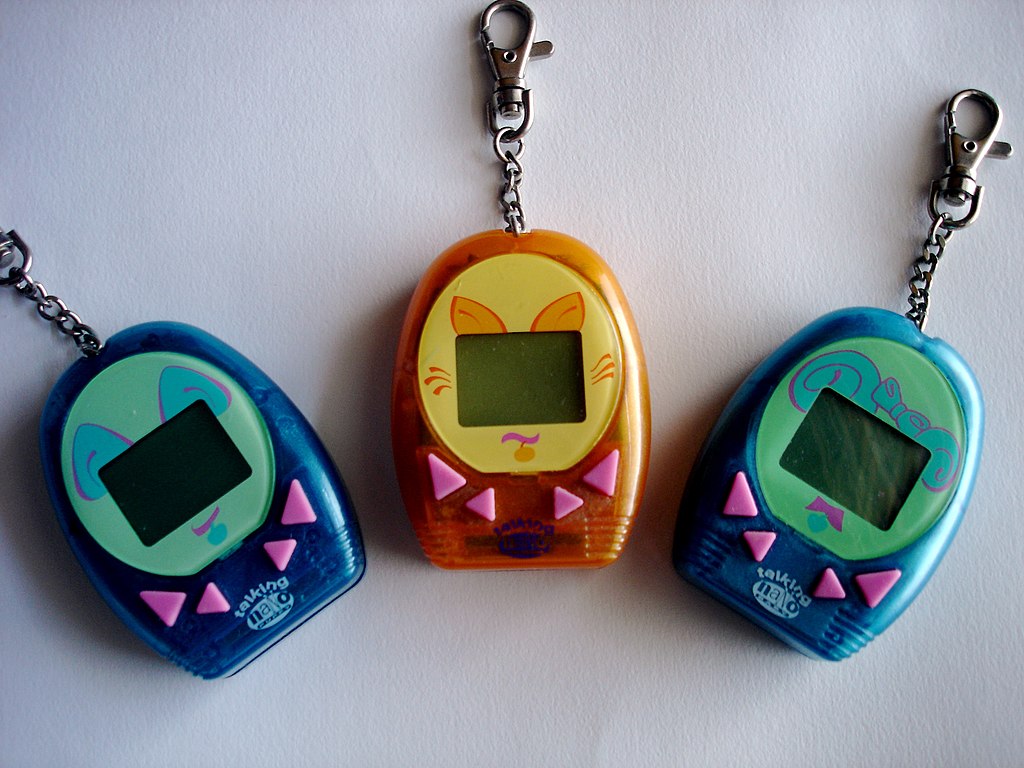 iMorpheus, CC BY 2.0, Wikimedia Commons
iMorpheus, CC BY 2.0, Wikimedia Commons

History's most fascinating stories and darkest secrets, delivered to your inbox daily.
The Virtual Pet Everyone Tween Wanted
In fact, Tamagotchis were designed with young girls in mind because they could play at being a mother.
Tamagotchis were a huge hit—and since hitting the market, around 76 million units have been sold. The profits were sky-high: an estimated $900 million.
Crocs
Depending on who you are, wearing crocs can be a fashion statement or a fashion faux pas. Originally designed as a spa shoe, the rest of the world eventually caught on. Crocs were downright comfy.
The Comfortable Shoe That Could
Crocs were so comfortable that there was a shockingly high demand for them. At their very peak, the company brought in $1 billion per year.
Post-It Notes
Post-It Notes were created by accident. A 3M scientist had been trying to produce a very strong adhesive, but instead, discovered the exact opposite—a resusable, weak adhesive. One of his peers decided to use this adhesive recipe to his advantage.
A Scrap Piece Of Paper
The scientist Arty Fry took his colleague's adhesive and applied it to a yellow piece of paper. He found it useful for marking his spot in his church hymnal. This was the very first Post-It.
Though the patent ended in the 1990s, the company is still going strong, bringing in $1 billion every year.
 Have a nice day Photo, Shutterstock
Have a nice day Photo, Shutterstock
Beanie Babies
Ty Warner really took a chance when he decided to chase the Beanie Baby dream. He invested his life's savings and even mortgaged his home in order to bring his idea to life.
Skyrocketing Net Worth
Beanie Babies were one of the most profitable toys, catapulting Ty Warner's net worth to an estimated $2.5 billion. At the height of the Beanie Baby craze, the company had an annual revenue of $700 million.
The Slinky
The slinky has a pretty great backstory. In 1943, an engineer was trying to create springs to help stabilize ship cargo. However, when one of these springs fell, he noticed that it made a very pleasing shape.
An Instant Hit
To produce the first batch of 400 slinkies, the engineer took out a loan of $500. It only took the slinky a day to become a hit after being displayed at a department store in Philadelphia.
Springing Up And Away
The slinky certainly had its time in the sun. Between 1945 and 2005, over 300 million units were sold. Moreover, in the two first years, it managed to rake in $100 million.
Chia Pets
In the early 1980s, Chia Pets took the world by storm. These fun planters may be 100% kitschy, but people adore them. Though the total profits remain undisclosed, as of 2007, the production company claimed to sell around 500,000 during the annual holidays.
Pet Rock
The success of the Pet Rock never ceases to amaze me. Anyone could have thought this up...but only one lucky man actually did. It was the brainchild of the advertising executive, Gary Dahl.
What's Better Than A Pet?
In 1976, Gary Dahl grew weary of his friends complaining about their pets, so he made a joke about a Pet Rock. However, he eventually began thinking about this idea seriously.
He Was Laughing At Us
Dahl's product was an average grey rock that came with a manual for how to properly care for it. In one year, he sold 1.5 million of these rocks. The price tag? $4 a pop.
Magic 8-Ball
Before the massively popular Magic 8-Ball, there was The Syco-Seer, which came in a cylindrical shape. It was created by Albert C Carter in 1946—the son of a psychic. However, the Syco-Seer was nowhere near as successful as what was to come...
The Winning Billiards Ball
In 1950, the Brunswick Billiards company decided to make a promotional product similar to the Syco-Seer, but in the shape of a billiards ball. This is what kept people coming back.
These days, Mattel owns the Magic-8 Ball, and they reportedly sell over a million units a year.
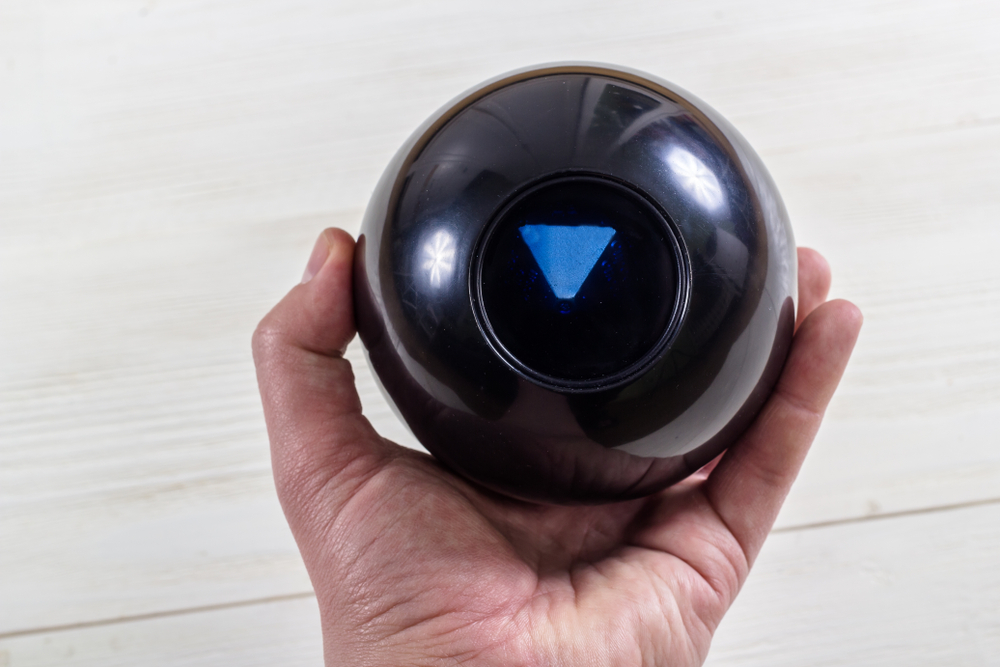 Alexander Ishchenko, Shutterstock
Alexander Ishchenko, Shutterstock
Billy Bob Teeth
It may seem like a bad idea to invest in a product that makes people look ugly—but when it comes to Billy Bob Teeth, it was actually a very good idea.
Ugly Sells
The brain behind Billy Bob Teeth, Inc is Jonah White, who managed to profit off the fake sets of nasty teeth. Since 1993, over 20 million units have been sold.
Bottled Water
In the first world, most folks have acces to drinkable tap water. And yet, despite this privilege, people are still buying bottled water, making its producers wildly wealthy.
Plastic Please
From 1990 to 2005, the consumption of bottled water quadrupled, and the market is still going strong. Reportedly, on an annual basis, bottled water generates $60 billion.
 Myrtle Beach TheDigitel, Flickr
Myrtle Beach TheDigitel, Flickr
Furbies
As a child, all I wanted was a Furby. Every kid had one. It's only in retrospect that I see just how terrifying these little robots were. And yet, they struck gold with this furry, owl-like creature that spoke.
An Expensive Furry Robot
A Furby was not cheap: a unit sold for around $35, minimum. Keep that in mind when considering 40 million of them sold in just three years.
Kleenex
In 1924, the Kleenex had a different purpose. They were considered to be a "disposable face towel" and targeted women as their main consumers. The Kleenex was an effective makeup remover. But then the company shifted the marketing scheme.
A Different Marketing Strategy
Later, the Kleenex became a disposable handkerchief, making the product instrumental in stopping colds and germs from spreading. Reportedly, the brand's value is an estimated $3.1 billion.
Koosh Balls
Koosh Balls are covered in rubbery hair and are quite fun, but who would have thought they were enough fun to generate millions? Not me.
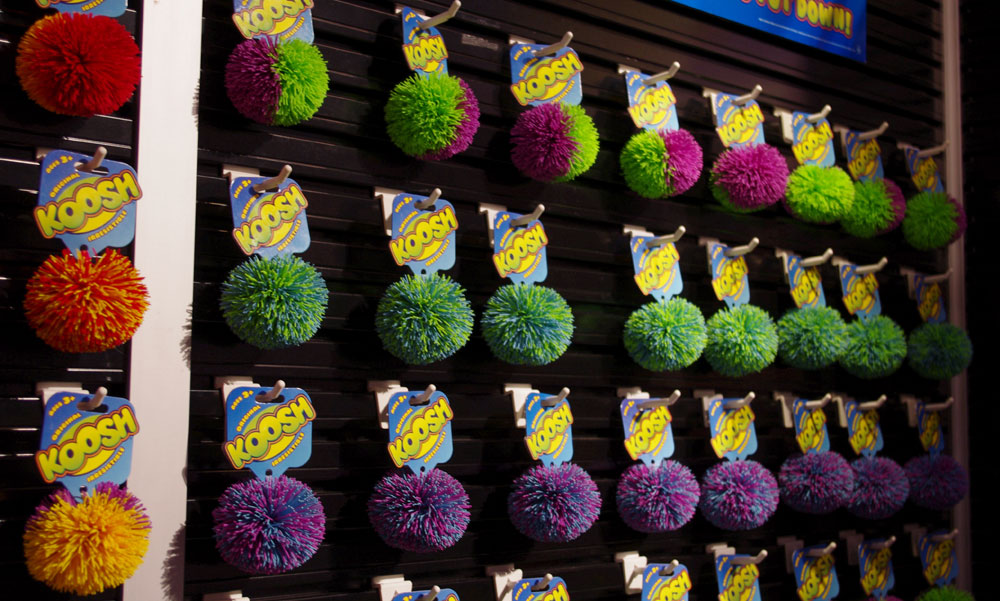 K Tempest Bradford, CC BY 2.0 , Wikimedia Commons
K Tempest Bradford, CC BY 2.0 , Wikimedia Commons
Rubbery Delights
Koosh Balls were developed in the mid-1980s by Scott Stillinger, who eventually began the comopany OddzOn. The profits from these rubbery delights are an estimated $100 million.
You May Also Like:
34 Inventors Whose Inventions Turned On Them
Accidental Inventions That Have Completely Changed The World
Historical Inventions That Teach Us To Think Outside The Box

